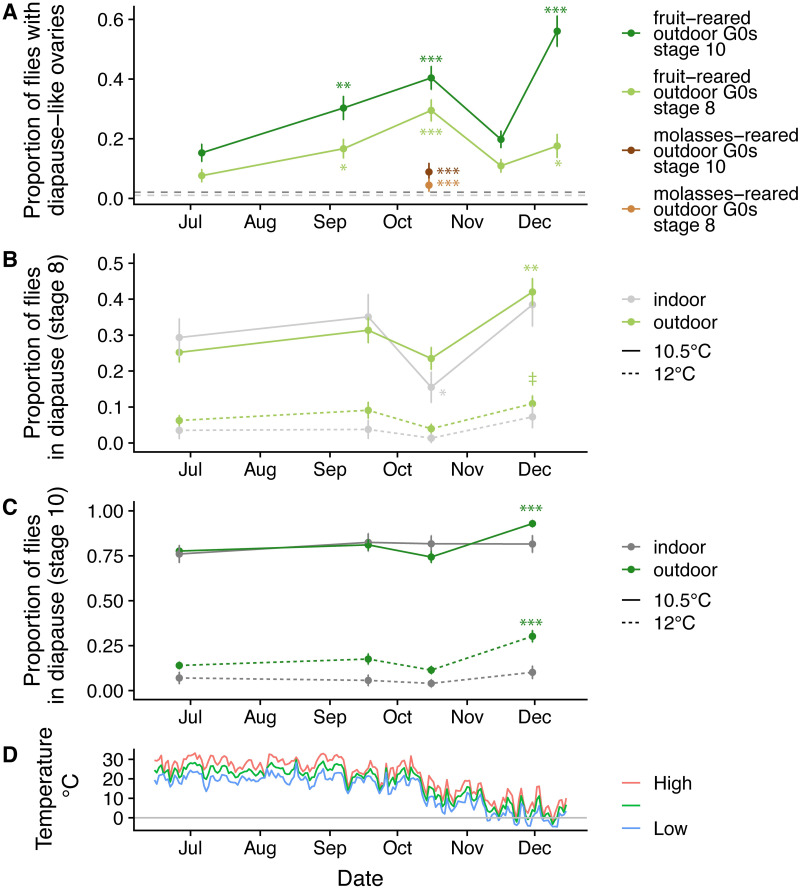Fig 7. Plasticity and selection contribute to increased diapause in late fall in field-reared samples.
(A) Ovaries were dissected from outdoor cage flies reared on fruit and diapause was assessed at stage 8 (light green) or 10 (dark green). A general linear model was used to determine whether diapause at later collection dates differed significantly the first collection on June 26th, 2018. (‡ P < 0.1, * P < 0.05, ** P < 0.01, *** P < 1x 10−4). Samples were also collected at a single time point from cages reared on cornmeal-molasses food (brown). This sample had significantly lower diapause incidence than fruit-reared samples collected one day later at both stages. The horizontal grey lines indicate diapause incidence for stage 8 (light grey) and stage 10 (dark grey) in a single sample of 96 mated, 5–8 day old flies reared in laboratory cages on cornmeal-molasses food. (B) Field cage and laboratory cage flies were collected at several timepoints and reared in the lab for two generations before assessing diapause at stage 8 in the standard assay at either 10.5 °C (solid lines) or 12 °C (dashed lines). Diapause was marginally increased in the December outdoor sample at 12 °C (P = 0.08) and significantly increased in December at 10.5 °C (P = 0.0002), whereas it remained relatively consistent across indoor flies. (C) Same as B, but phenotypes for stage 10 diapause. Diapause increased in the December sample of outdoor cage flies relative to the first sample from June (general linear model, P = 3.7 x 10−5 at 12 °C, P = 6.1 x 10−5 at 10.5 °C), while diapause was consistent across samples in the lab-reared flies (P > 0.05 for all pairwise comparisons). (D) Weather Underground temperature data during the field season for Carter Mountain, VA, approximately 2 km from our field site.

